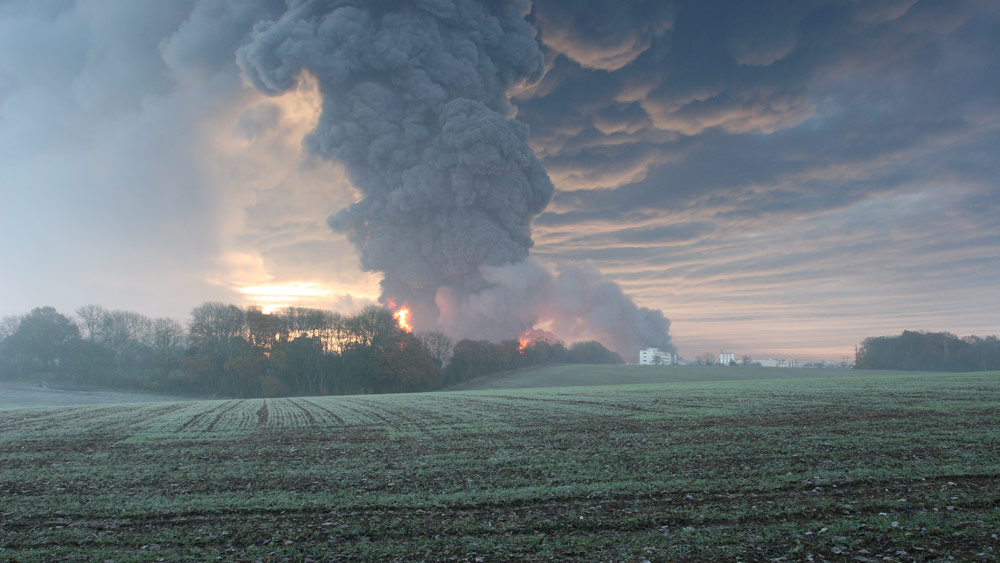
It only takes one spark to cause a disaster when flammable gas is involved. Accidental leaks in the oil and gas industries are a known hazard and danger. While most vaporous clouds that ignite result in fires that simply burn until the gas source is extinguished, others detonate – putting lives and livelihoods at risk for a terrible explosion.
To bring more awareness of the dangers of vapor cloud explosions, Dr. Elaine Oran, TEES Eminent Professor in the Department of Aerospace Engineering at Texas A&M University and a member of the National Academy of Engineering, and her team are taking a deeper look at the fundamentals and history of vapor cloud detonation.
The team’s work provides vital insight into the likelihood and reality of detonations involving flammable gas leaks. As such, it serves as the foundation for improving risk management in the oil and gas industry and creating a framework on which to base worker safety regulations.
“Imagine a whole fuel storage plant that may be half a mile or a mile in diameter and there’s some sort of leakage of the fuel or flammable mixture,” said Oran. “It vaporizes and spreads. Then, a spark comes – there’s always a spark – and this can lead to a serious deflagration (combustion) that could become a detonation. This detonation travels at supersonic speeds and wipes out everything.”
By analyzing and contrasting fundamental behaviors of both flame acceleration and detonations with catastrophes like the Buncefield oil depot in the United Kingdom and others in India and the United States, the researchers are painting a clear picture of the disastrous effects of vapor cloud detonations.

In addition to the fiery catastrophe of the initial detonation, Oran explained that the devastation continues with shockwaves – shaking the land around the origin point and causing further damage.
This was the case with the Buncefield oil depot, located just 25 miles from the center of London. Early in the morning, as gas leaked out into the chilly air, a spark caused by a firewater pump engulfed the storage plant in flames. The following detonation and shockwaves devastated the land around it – causing billions of dollars in damage.
“Fortunately, the one person in the area was far away,” said Oran. “Had it been two hours later, the workers would have been there.”
Utilizing simulations, controlled detonations and various astrophysical properties of explosions, Oran and her team hope to spur conversations based on their findings and bring to light the risk posed by the destructive, albeit rare, event of a vapor cloud explosion.
“This research also applies to astrophysical explosions, but it has a fundamental relevance to something very practical: safety and regulation,” said Oran. “It shows that it isn’t just large-scale vapor cloud detonations that are a hazard. It shows that it can happen in terms of tens of meters and hundreds of meters. But the physics all start with a tiny, little thing.”
The team includes Dr. Geoff Chamberlain from Waverton Consultancy Ltd. and Dr. Andrzej Pekalski from Shell Research Ltd. in the United Kingdom.